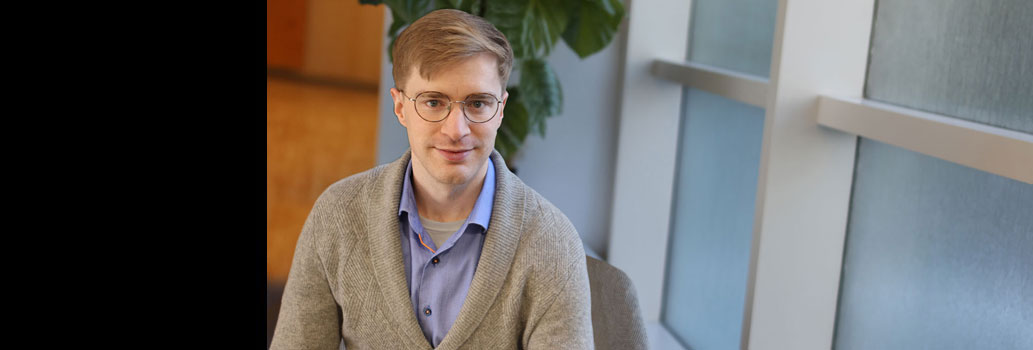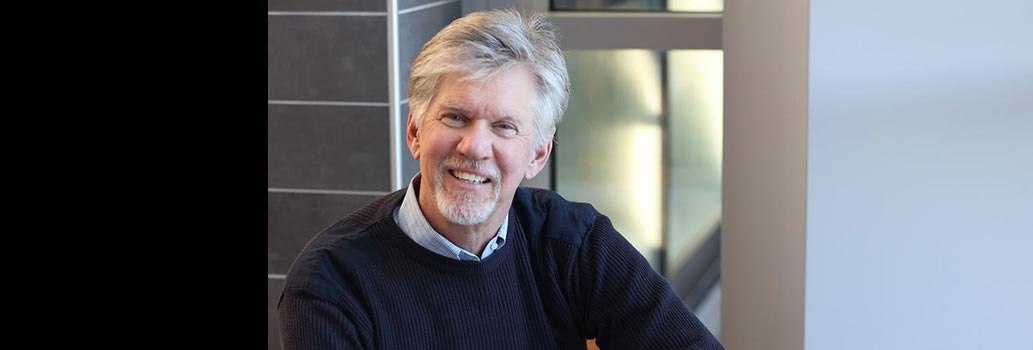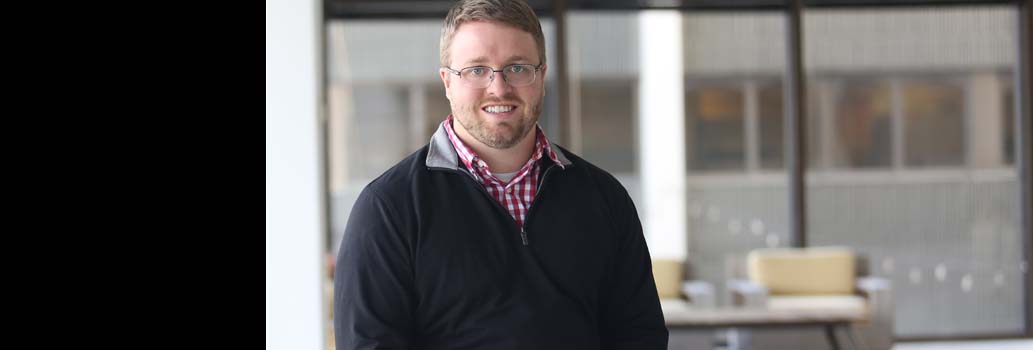Ruth Bader Ginsburg Remembered
Home – Practice Areas – Blogs - Justice Ginsburg
Justice Ginsburg – A Jurist of ‘Historic Stature’
Recently, United States Supreme Court Justice Ruth Bader Ginsburg passed away from cancer at the age of 87
Echoing the sentiments of many Americans, Chief Justice John G. Roberts, Jr. said of Justice Ginsburg: “Our Nation has lost a jurist of historic stature. We at the Supreme Court have lost a cherished colleague. Today we mourn, but with confidence that future generations will remember Ruth Bader Ginsburg as we knew her -- a tireless and resolute champion of justice.”
Justice Ginsburg was only the second woman appointed to the Supreme Court, serving more than 27 years. During a 40-year span as both Judge and Justice, she was served by 159 law clerks.
Born in Brooklyn, New York, Ginsburg received her undergraduate degree from Cornell University, attended Harvard Law School, and transferred to Columbia Law School where she ultimately received her law degree.
During her Senate confirmation hearing in 1993, Ginsburg acknowledged “many indignities” that she endured in law school solely based on her gender including an incident where a male employee attempted to block her entrance to a particular room at the library where women were barred – one she needed to enter to conduct research for a law review article. Another time, Ginsburg was asked by the dean of the law school to justify her enrollment and explain why she should take the place of a man when there few opportunities for women lawyers at the time.
Despite achieving top grades in law school, Ginsburg could not find work at a private law firm after graduation. Reflecting on this period years later, Ginsburg recalled she had “struck out” on the grounds that she was Jewish, female, and a mother. “The first raised one eyebrow; the second, two; the third made me indubitably inadmissible.” On the recommendation of her law professor, Ginsburg began a clerkship with a federal judge. However, the judge only agreed to hire Ginsburg on the condition that the law professor would substitute a male lawyer if she couldn’t do the work.
From 1961–1963, Ginsburg was hired as a research associate ultimately becoming associate director of the Columbia Law School Project on International Procedure. She taught at Rutgers University School of Law from 1963 until 1972.
In 1972, Ginsburg accepted a position at Columbia law school, making her the first tenured female law professor in Columbia’s history. In 1974, she co-wrote the first textbook on sex-based discrimination and the law.
In 1971, Ginsburg was instrumental in establishing the Women’s Rights Project of the American Civil Liberties Union (ACLU), serving as General Counsel from 1973–1980, and on its National Board of Directors from 1974–1980.
During this period, Ginsburg argued six cases before the Supreme Court, winning five. Additionally, Ginsburg wrote the winning brief in Reed v. Reed, a landmark 1971 case in which the Court found that a state law had violated the Equal Protection Clause because it discriminated against women.
In 1980, Ginsburg was appointed by President Jimmy Carter to the United States Court of Appeals for the District of Columbia Circuit where she served for 13 years until she was nominated by President Bill Clinton to the United States Supreme Court in 1993.
Throughout her Supreme Court confirmation hearing, Ginsburg declined to answer questions regarding how she might prospectively vote on controversial issues that might come before the Court in the future. Since that time, both nominees and senators have invoked the so-called “Ginsburg rule” to justify why nominees should not discuss their positions on cases or questions that might come before the Supreme Court at some later date.
After the Senate Judiciary Committee voted unanimously to send her nomination to the full senate, she was confirmed overwhelmingly on a vote of 96-3. On August 3, 1993, Ginsburg became the nation’s second female Supreme Court justice, following Justice Sandra Day O’Connor.
During nearly three decades on the Supreme Court, Ginsburg proved to be a reliable liberal voice on a conservative bench that often found her votes with the minority. Accordingly, Ginsburg wrote relatively few majority opinions during her Supreme Court tenure. One notable exception was in 1996 when she authored the majority decision holding that the Virginia Military Institute’s policy of rejecting women applicants violated the Constitution’s Equal Protection Clause, requiring that people in similar situations receive the same treatment.
With her force of personality, wit, and intelligence, Ginsburg often influenced decisions even when she was not the author of the Court’s opinions. For example, in 2009, the justices ruled 8-1 that officials at an Arizona middle school violated the Constitution in performing a strip search of a 13-year-old girl in a search for drugs. During oral arguments, Ginsburg’s male colleagues were unconcerned by the circumstances of the search. Justice Stephen Breyer, for example, noted that students routinely had to strip down to their underwear to change for gym class, asking “How bad is this?” In an interview following the decision, Ginsburg chastised her male colleagues on the Court reminding them “they have never been a 13-year-old girl.”
During her final decade on the Supreme Court, Ginsburg’s dissents became more frequent. When her dissents were announced in open court, Ginsburg famously wore jabots – ornamental collars – over her judicial robes.
Ginsburg’s dissents often contained a plea for the lawmaking branches of government to take action and grant the relief denied by the majority. For example, in the 2007 case, Ledbetter v. Goodyear Tire & Rubber Co., the court by a vote of 5-4 ruled that Lilly Ledbetter, a manager at an Alabama tire plant, had untimely filed her gender discrimination lawsuit. In her dissent, Ginsburg wrote: "The Court does not comprehend or is indifferent to the insidious way in which women can be victims of pay discrimination," she said, and urged Congress to take action to remedy the situation.
Two years after the Ledbetter decision, the Lilly Ledbetter Fair Pay Act was the first bill signed into law by President Barack Obama. Ledbetter herself was in attendance at the signing.
Ginsburg couched other dissents in terms of “appealing to the intelligence of a future day.” For example, in Shelby County v. Holder, the Supreme Court struck down the part of the Voting Rights Act known as “preclearance” – the formula used to identify the state and local governments that have to get federal approval before making any changes to their voting laws or procedures. Writing for a 5-4 majority, Chief Justice John Roberts reasoned that although preclearance once made sense because of the difficulty of uncovering and combating racial discrimination in voting in certain states, “things have changed dramatically” to the point where minorities in states with a preclearance requirement currently register and turn out to vote at nearly the same rate as white voters, and “minority candidates hold office at unprecedented levels.”
In her dissent, Ginsburg criticized the majority’s suggestion that preclearance was no longer necessary because it was not based on “current conditions.” “Throwing out preclearance when it has worked and is continuing to work to stop discriminatory changes,” Ginsburg responded, “is like throwing away your umbrella in a rainstorm because you are not getting wet.”
In 2013, a New York University law student created a meme of Ginsburg on social media as the “Notorious RBG,” a nod to 90s rapper “The Notorious B.I.G.,” that turned the grandmother of four from groundbreaking Supreme Court Justice into a national pop-culture icon.
In recent years, Ginsburg was the subject of both an Oscar-nominated documentary and a feature film. She was portrayed regularly in skits on Saturday Night Live and is the only justice in the Supreme Court history to inspire a range of merchandise bearing her likeness including t-shirts, candles, chocolates, and bobble-head dolls.
During her 1993 nomination ceremony at the White House Rose Garden, Ginsburg said she prayed that she would be all that her mother “would have been had she lived in an age when women could aspire and achieve, and daughters are cherished as much as sons.”
We believe she succeeded.
If you find yourself facing serious criminal charges, you need a criminal defense attorney with deep legal knowledge and a willingness to fight on your behalf in any court. At Halberg Criminal Defense, our team approach puts the firm’s collective knowledge and experience in your corner. Our attorneys are available 24-7 — Call us at 612-DEFENSE (612-333-3673).
















